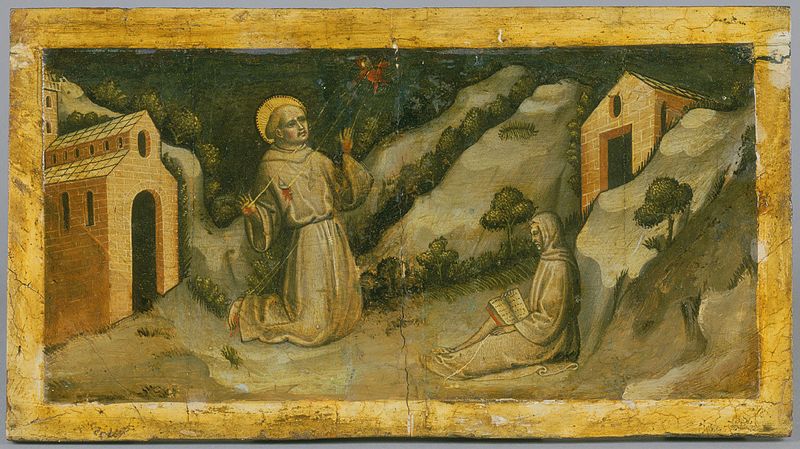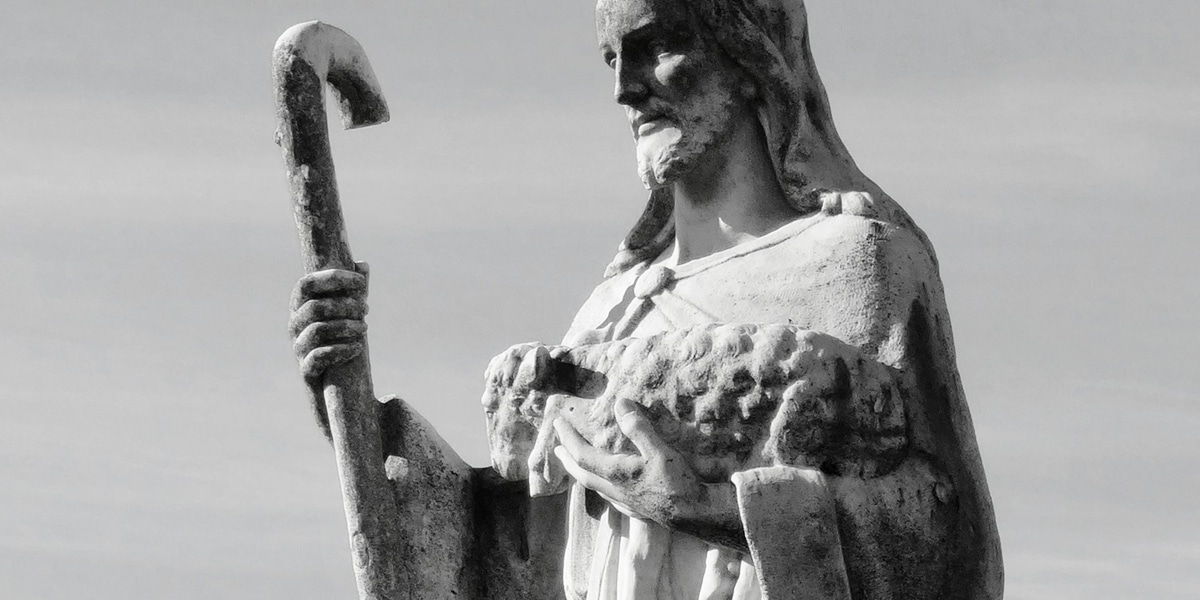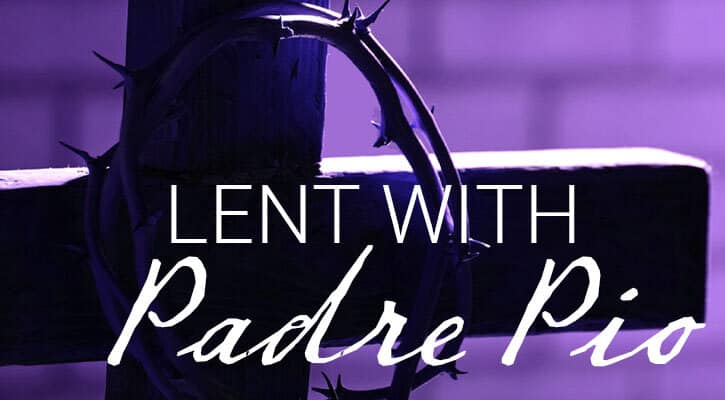In the summer of 1988 I fulfilled a lifelong yearning to visit Mount La Verna in Italy, where Francis of Assisi underwent the climactic mystical experience of his life—a moment of ecstatic union with his crucified Savior. The encounter left Francis branded on his hands, feet and side with the stigmata, the five wounds of Christ.
La Verna is the holy mountain of the Franciscan tradition. This wild and secluded height was given to Francis and his companions as a place for solitary prayer by a certain Count Orlando who had been inspired by Francis’ preaching in 1213. Over the centuries, many followers of Francis have sought to visit this place of holy retreat sometime before their death. And so it was with me that summer of ’88, in which I was marking my 25th anniversary as a Franciscan priest.
Traveling by myself on a bus that was twisting along a mountain road, I looked out of the window, still some 20 miles from La Verna. I had no clear idea of what to look for at that distance, but suddenly on the horizon I saw a rugged mountain that I knew in my soul had to be Mount La Verna. Jutting upward from the mountain was a large outcropping of rock that, to my eye, resembled a shark’s fin. That mountain, I thought, could certainly appeal to something valiant and mystical and fierce in the heart of Francis.
When I arrived there, I was surprised at the complex of buildings spread out and half-hidden on its rocky precipices—a large friary, a basilica and various chapels, lodging space and dining rooms for the many pilgrims and followers of St. Francis who come to make retreats in this out-of-the-way place. Staying here a day and a night with the friars, I thought, would give me a chance to ponder the amazing event that took place on these rocky heights near the end of Francis’ life.
An Account of Francis’ Vision
The Chapel of the Stigmata is perched on the edge of the same sheer precipice where St. Francis stood two years before his death and where he was swept up into the mystery of God’s overwhelming love for him and for humanity.
St. Bonaventure, in his Life of St. Francis, describes Francis as being more inflamed than usual with the love of God as he began a special time of solitary prayer at La Verna that September of 1224. “His unquenchable fire of love for the good Jesus,” Bonaventure writes, “was fanned into such a blaze of flames that many waters could not quench so powerful a love” (see Song of Solomon 8:6-7).
Bonaventure goes on: “While Francis was praying on the mountainside, he saw a Seraph with six fiery and shining wings descend from the height of heaven. And when in swift flight the Seraph had reached a spot in the air near the man of God, there appeared between the wings the figure of a man crucified, with his hands and feet extended in the form of a cross and fastened to a cross. Two of the wings were lifted above his head, two were extended for flight and two covered his whole body.
“When Francis saw this, he was overwhelmed and his heart was flooded with a mixture of joy and sorrow. He rejoiced because of the gracious way Christ looked upon him under the appearance of a Seraph, but the fact that he was fastened to a cross pierced his soul with a sword of compassionate sorrow (Luke 2:35).”
When the vision disappeared, writes Bonaventure, Francis was left with a “marvelous ardor” in his heart. At the same time, there were “imprinted on his body markings that were no less marvelous.” These markings were the stigmata.
There are two things to dwell on here. First is the Seraph. Seraphs are those angels closest to God, burning with love as they bow before the most high God, shouting, “Holy, holy, holy!” Their fiery wings, as depicted here, suggest the flaming intensity of God’s love that Christ communicated to Francis, which in turn set Francis’ heart afire. The word seraphic is often used to describe Francis’ passionate style of relating to God and is often applied to the whole Franciscan Order, which is sometimes called the Seraphic Order.
Second, we focus on “the gracious way Christ looked upon him.” This is something of a repeat of the vision Francis had in the beginning of his spiritual life in which “Jesus appeared to him fastened on a cross” and “Francis’ soul melted at the sight, and the memory of Christ’s passion was so impressed on the innermost recesses of his heart that from that hour whenever Christ’s crucifixion came to mind, he could scarcely contain his tears and sighs…” (Bonaventure’s Life of St. Francis).
The God Who Gives All
Here at La Verna, Francis was set aflame all the more by the experience of the unimaginable love of God, who holds nothing back, not even the life of God’s only Son. For Francis, to look at the intensity of Jesus’ love beaming toward him from the cross was like looking into the sun. It was blinding—overwhelming.
Francis had seen this same kind of soul-blinding love revealed in the Incarnation–in the Word’s becoming flesh in Bethlehem in the form of a vulnerable, naked baby. He saw the same brilliance in that awesome central gesture of the Last Supper and of every Eucharist: Jesus handing over his Body and Blood—his complete self—to those he loved.
This experience of God’s total self-emptying explains Francis’ love for poverty. If the God-man could be poor—not clutching anything of his own, not even the divine nature, but accepting the poverty and nakedness of a crude manger at Bethlehem and the cross at Calvary–then Francis too could respond with self-giving and hold nothing back in his love of Christ.
St. Anthony of Padua, an early follower of Francis, once proclaimed in a sermon words that seem to be inspired by Francis’ own style of loving: “Love wholly and not partially,” Anthony encouraged the crowds. “God does not have parts but is present totally everywhere.” In the same way, Anthony adds, “God does not want only a part of you….Give all of yourself and God will give you all of himself.”
This is a good description of the real meaning of poverty as taught by St. Francis. For Francis, poverty was not a matter of pinching pennies or scolding his friars for touching coins. That was not the point at all. His horror was at the specter of a stingy spirit. His poverty was a willingness to give away the whole store–always to pour out generously all that he had, thus imitating the unbounded goodness of God, who is never grasping and greedy about anything. Francis’ poverty was a readiness to hand everything over to God and neighbor. Francis’ receiving the stigmata at La Verna was a confirmation that the holy man during his life had mirrored the “poverty” of God. For Francis now bore in his own flesh the five signs of God’s total self-giving–the pierced hands, feet and side.
For Franciscans, the self-sacrificing love of Jesus, as revealed in the cross, is the shining summit of God’s revelation. The richest revelation of God’s word and goodness peaks in Jesus, especially in his self-emptying death and resurrection. “No one has greater love than this, to lay down one’s life for one’s friends” (John 15:13). This is why the cross has been central for Franciscans and, of course, for Christianity itself.
Every day, all around the world, because Francis requested the practice, Franciscans pray the Adoramus Te: “We adore you, O Lord, here and in all the churches throughout the whole world, and we bless you because by your holy cross you have redeemed the world.”
Their coat of arms, moreover, is a cross with two arms crossing and nailed to it. One arm is that of Francis; the other is Christ’s. Both arms reveal a willingness to give all!







